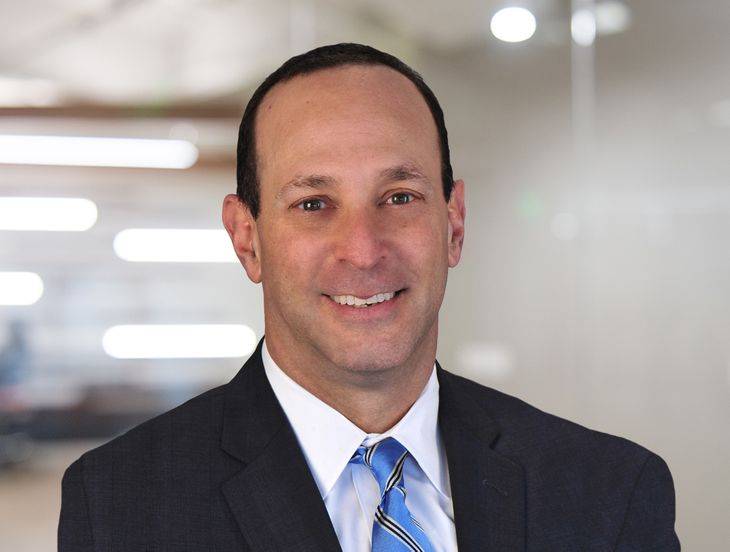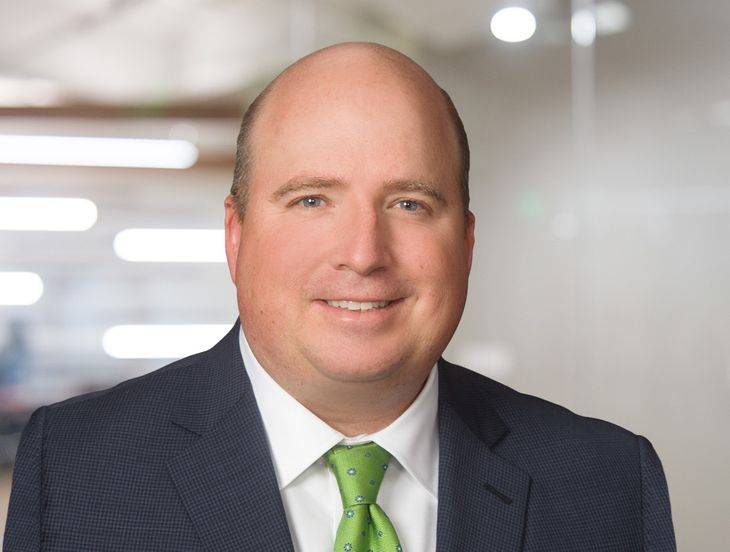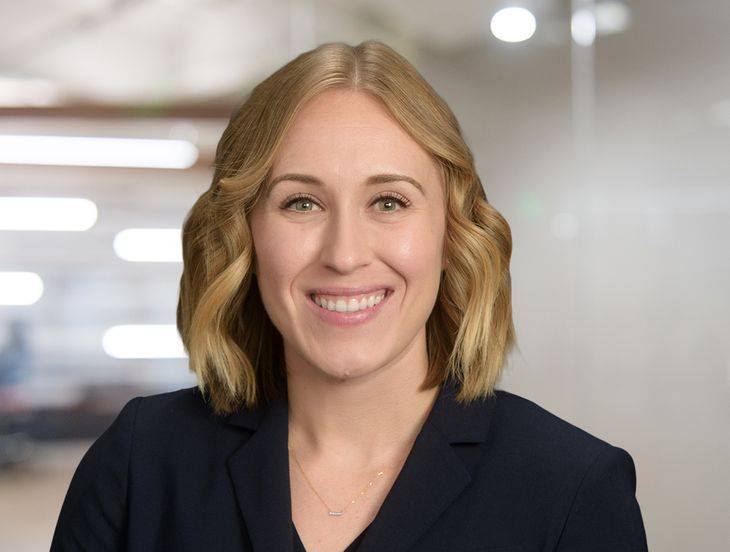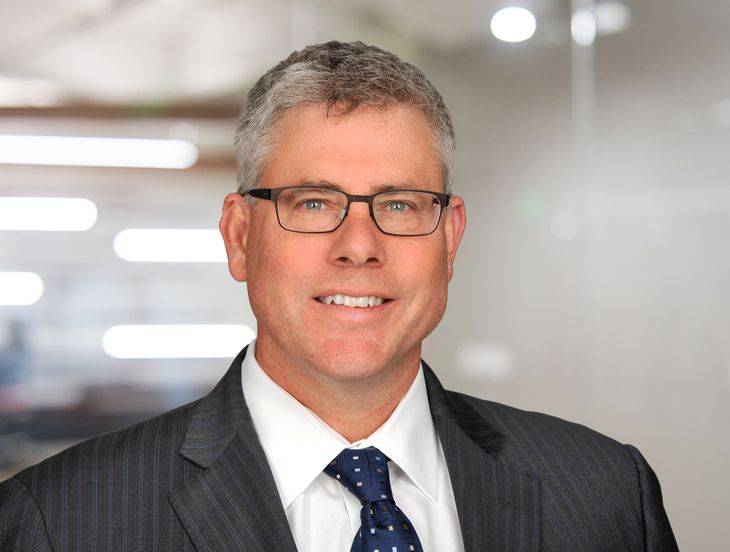What Hotels Need to Know About California’s Reopening Plan
Insights
5.12.20
Following his announcement that the state could begin gradually reopening, California Governor Gavin Newsom recently released the first stages of the plan. Notably, the California Department of Public Health and Cal/OSHA issued industry guidance for hotels and lodging to ensure a safer environment for workers during the reopening stages. As we enter Phase 2 of the governor’s plan, hotel and lodging employers should familiarize themselves with these guidelines whether you have remained open in a limited capacity or are now gradually beginning to reopen.
How We Got Here
On March 19, 2020, Governor Newsom issued an executive order requiring Californians to stay home to slow down the spread of COVID-19, except as needed to maintain the operations of essential critical infrastructure sectors and sectors the State Public Health Officer may designate as critical. Many cities and counties have issued local orders with additional requirements, some of which were inconsistent with the state’s Stay-at-Home Order, causing confusion among employers.
On April 14, Governor Newsom unveiled six indicators the state would consider when and how to modify the strict Stay-at-Home Order. Those indicators include:
- Ability to test, contact trace, isolate, and support the exposed;
- Ability to protect those at high risk for COVID-19;
- Surge capacity for hospital and health systems;
- Therapeutic development to meet the demand;
- Ability of businesses, schools, and childcare facilities to support physical distancing; and
- Determination of when to reinstitute measures like Stay at Home.
On April 28, the Governor also announced the following four “Resilience Roadmap Stages,” which would serve to guide California in its gradual reopening process and lift the Stay-at-Home Order:
- Stage 1: Safety and Preparedness
- Stage 2: Lower-Risk Workplaces
- Stage 3: Higher-Risk Workplaces
- Stage 4: End of Stay-at-Home Order
California has been in Stage 1 since the implementation of the Stay-at-Home Order, and based on the indicators above, the Governor determined the state is ready for Stage 2.
What Does Stage 2 Entail?
Stage 2 allows some lower-risk workplaces, such as curbside retail and certain supply chains, to reopen. Other businesses such as non-essential business offices, dine-in restaurants, shopping malls, and schools are not allowed to reopen as a part of the initial phase of Stage 2. However, the governor indicated those businesses may be allowed to reopen in a later phase of Stage 2.
Hotels and lodging establishments for leisure and tourism are higher-risk workplaces and therefore are part of Stage 3. While not part of Stage 2, hotels or other commercial and residential buildings that are used for COVID-19 mitigation and containment measures, treatment measures, accommodation for essential workers, or housing solutions may continue to operate as previously permitted under the Stay-at-Home Order.
Compliance Measures Applicable to Affected Industries
For all industries able to reopen, each workplace is required to take the following actions before reopening:
- Perform a detailed risk assessment and implement a site-specific protection plan.
- Train employees on how to limit the spread of COVID-19, including how to screen themselves for symptoms and stay home if they have them.
- Implement individual control measures and screenings.
- Implement disinfecting protocols.
- Implement physical distancing guidelines.
Contents Of Written Specific Plan
To support a clean and safe environment for workers and customers, the state provided the hospitality industry specific guidance and a corresponding checklist for implementation of hotel and lodging employers’ plan to prevent the spread of COVID-19 in the workplace. The state-issued guidance provides various bullet points under each of the five action items set forth above.
There are similar items across industries along with specific recommendations for hotel and lodging employers, including additional cleaning and disinfecting protocols and physical distancing guidelines for hotel operations, all of which should be thoroughly reviewed before developing a site-specific protection plan.
The plan should include a designated person for implementing the plan, a risk assessment and measures to be taken to prevent the spread of COVID-19, training and communications with employees and their representatives on the plan, a process to check for compliance and record and remedy deficiencies, and a process to investigate COVID-19 cases and identify and isolate workplace contacts of infected employees until tested. Once completed, the plan should be updated as necessary to prevent additional cases in the workplace and strictly adhered to for continued safe operations.
Topics For Employee Training
The following industry-wide topics for employee training should be implemented: information on COVID-19, including how to prevent the spread of COVID-19 and identifying who is especially vulnerable to the disease; self-screening procedures to follow at home, including temperature and/or symptom checks using CDC guidelines; the importance of not coming to work if employees have COVID-19 symptoms or if someone they live with have been diagnosed with COVID-19; when to seek medical attention; the importance of hand washing and of physical distancing, both at work and off work; and proper use of cloth face covers. These topics may be expanded upon depending on the needs of your specific hotel or lodging facility.
Individual Control Measures And Screening
Consistent with Fisher Phillips’ 6 Factors Employers Must Consider When Taking Employees’ Temperatures, the guidance recommends symptom screening and/or temperature checks for employees and guests and visitors upon arrival to the facility, encouraging sick or symptomatic workers to stay home, encouraging frequent handwashing and use of hand sanitizer, providing disposable gloves to cleaning staff as well as to supplement frequent hand washing for tasks such as handling commonly touched items or conducting such symptom and/or temperature screening, and strongly recommending cloth face covers and following up customers on their use of face mask/covers. Appropriate signage should be displayed at all entrances and throughout the facility regarding face covering and physical distancing.
Housekeepers specifically, and others who enter guests rooms, should be provided with face covers, must only service rooms when guests are not present, should be instructed to minimize contact with guests’ personal belongings when cleaning, have ventilation systems operating and/or windows open to increase air circulation, and should be allowed extra time to clean rooms without loss of pay to conduct more thorough cleaning and disinfection of rooms between guests.
Cleaning And Disinfecting Protocols
Concomitant with infection control are cleaning and disinfecting protocols, which generally recommends cleaning in high traffic areas (hotel lobbies, front desk check-in counters, bell desks, loading docks, stairways, handrails, elevator controls) and disinfecting commonly used surfaces and shared equipment (guestroom interior locks, vending and ice machines, light switches, tv remote controls, phones, hairdryers, baggage carts, shuttle door handles, and restroom facilities) between users and/or shifts, making hand sanitizer and other sanitary supplies readily available, and ensuring sanitary facilities stay operational and stocked at all times with products approved for use against COVID-19 on the Environmental Protection Agency (EPA)-approved list.
The guidance and checklist also recommend employers adjust or modify hours or quotas to provide time for cleaning, provide time for workers to implement such cleaning practices before, during, or after shifts, install hands-free devices such as contactless payment systems (encourage customer use of debit or credit cards), timecard systems, automatic handwashing systems, and consider improvements to air filtration and ventilation.
Hotel operations should also remove reusable collateral (magazines, menus, local attraction details, etc.) from rooms and use single-use collateral or electronically post critical information, bag dirty linens for transport, wash at a high temperature, and clean in accordance with CDC guidelines, consider leaving rooms vacant for 24 to 72 hours between occupancy, and develop a quarantine and cleaning plan for rooms where an infected guest has been. Further, you should install hand sanitizers throughout the facility, and consider providing guests at check-in with an amenity bag containing face cover, hand sanitizer, and a COVID-19 awareness card.
Physical Distancing Guidelines
Until Stage 4 with the end of the Stay-at-Home Order, hotel and lodging employers must implement and follow physical distancing measures to ensure at least six-foot distance between workers and customers, including use of physical partitions, floor markings, and signs, reconfiguration of breakrooms, adjust in-person meetings to conform to the six-foot distance protocol, and stagger employee breaks in compliance with wage and hour regulations.
Additionally, hotel operations should consider limiting the number of individuals riding an elevator and ensure the use of face coverings, and entering through doors that are propped open, automated, or manually operated by an employee using proper sanitation measures. You should also implement peak period queueing procedures, including a lobby greeter and having guests queue outside to maintain six feet of physical distance.
To ensure contactless operations, employees should not open doors of cars or taxis, all guests services (room service, laundry and dry cleaning, amenity deliveries) should be available through contactless pick-up and delivery, and food and beverage offerings should be limited to take-out and contactless room service until dine-in establishments are allowed to resume.
Hotels with pools and golf-courses should permit one person per lane in a pool if it is a lap pool and one person per golf cart. Hotel operations with dine-in restaurants, bars, fitness centers, spas, salons, large meeting venues, banquet halls, or convention centers have the additional task of keeping each of those areas closed until each type of establishment is allowed to reopen and upon reopening, referring to each establishment’s industry specific guidelines for resuming modified or full operations.
What Should Hotel And Lodging Employers Do?
While Governor Newsom provided that counties can choose more restrictive measures and may extend Stay-at-Home Orders or can move more quickly through the stages if they submit a publicly available readiness plan attesting to meeting the state’s readiness criteria, hotel and lodging employers should: (1) modify existing operations or prepare for reopening in accordance with the new state guidance for Hotels and Lodging facilities; and (2) complete and post the new checklist to assist with educating employees and customers about actions hotels and lodging facilities have taken to reduce risks and open for business.
Of course, modifications to local and county orders may impose stricter guidelines any of the above categories and should be implemented and enforced. Not only must hotel and lodging employers heed industry-specific guidance, but you must also pay particular attention to evolving industry guidance relating to the services you offer. We further recommend you review prior alerts that can be found at our COVID-19 Resource page, with particular attention towards the following alerts: 5 Steps To Reopen Your Workplace, According To CDC’s Latest Guidance; our FP BEYOND THE CURVE: Post-Pandemic Back-To-Business FAQs For Employers; and if applicable, our State-by-State Restaurant Guide to Reopening.
Conclusion
Fisher Phillips will continue to monitor the rapidly developing COVID-19 situation and provide updates as appropriate. Make sure you are subscribed to Fisher Phillips’ Alert System to get the most up-to-date information. For further information, contact your Fisher Phillips attorney, any attorney in our California offices, or any member of our Post-Pandemic Strategy Group Roster.
This Legal Alert provides an overview of a specific developing situation. It is not intended to be, and should not be construed as, legal advice for any particular fact situation.
Related People
-
- Christopher Alvarez
- Partner
-
- Jason A. Geller
- Regional Managing Partner
-
- Alden J. Parker
- Regional Managing Partner
-
- Erin Price
- Partner
-
- Jeffrey R. Thurrell
- Regional Managing Partner




